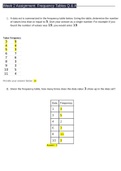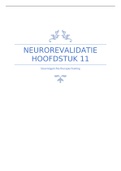Summary
Summary Molecular cell biology: Mind maps and important figures
- Module
- Institution
- Book
This document contains mind maps per chapter. Several connections are made here and all the points are also explained in detail. The last few slides contain the most important figures of this course.
[Show more]












